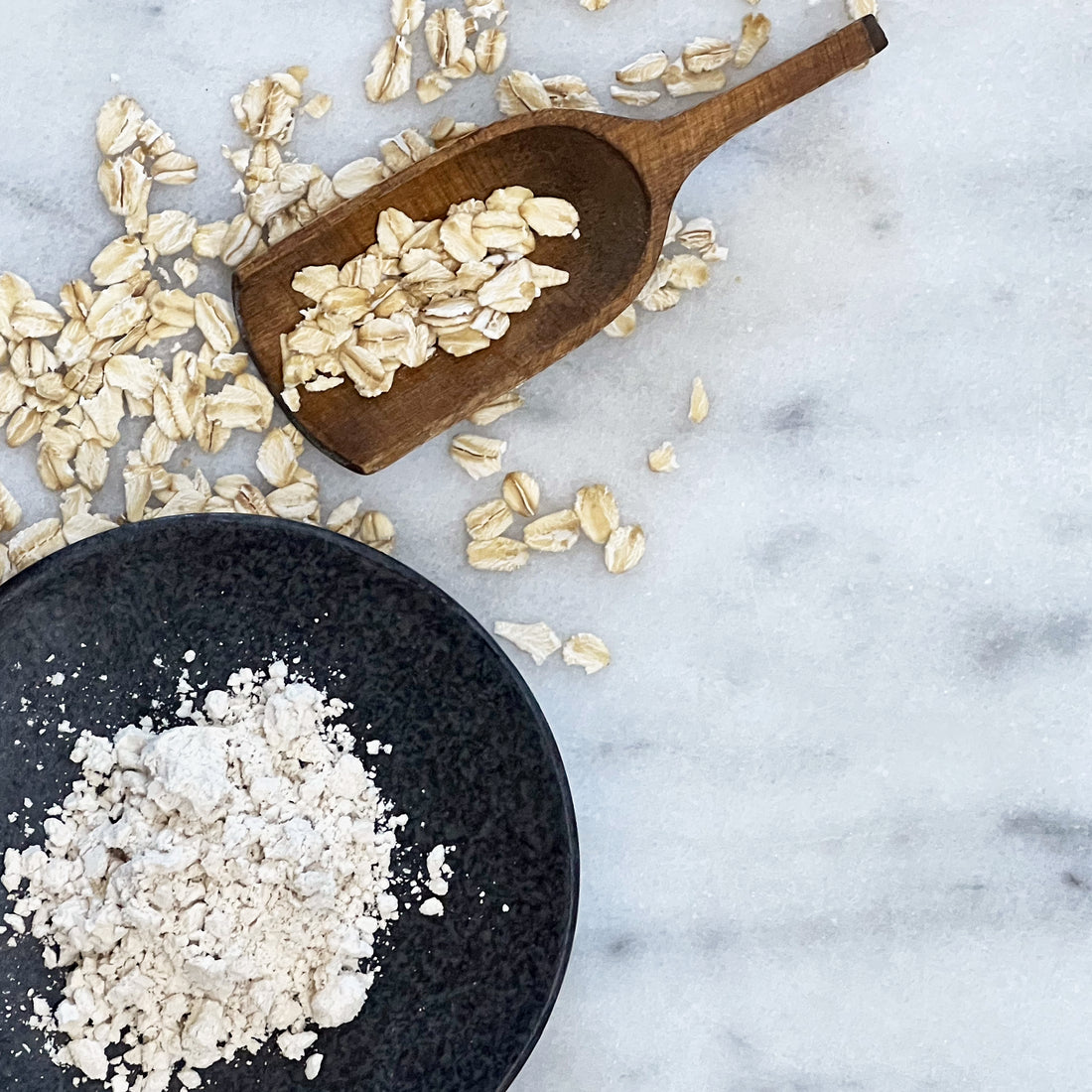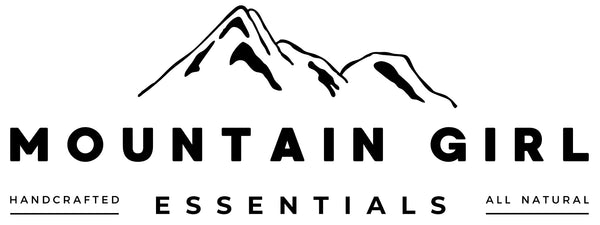
Regular vs. Colloidal Oatmeal
Share
Got dry skin? Try colloidal oatmeal! Oatmeal is a classic ingredient used to soothe the skin and relieve itchy and dry skin conditions.
The main components of Colloidal Oatmeal are Polysaccharides (including Beta Glucans), Proteins, Lipids, Saponins, Vitamins (including Vitamin E), Minerals, Antioxidants (including Avenanthramides).
BENEFITS
Soothes itchy, irritated and inflamed skin. One of the top actives in colloidal oatmeal is beta-glucan (moisturizing), which is known to reduce skin inflammation.The cellulose and fiber in colloidal oatmeal give it emollient properties that calm redness and irritation and relieves general skin discomfort and irritation.
Boosts skin hydration and moisture. Oats contain lipids (unsaturated triglycerides) that help replenish the skins oils and keeps it moisturized, nourished and soft.
Strengthens the skin's protective barrier. Colloidal oatmeal works by creating a film on top of the skin's surface. It also has buffering properties to normalize the skin's pH, which can further help relieve itching.
Improves skin texture and reduces flakiness and scaling. Oats contain avenanthramides (anti-oxidant unique to oats) that helps reduce the appearance of rough, flaky skin. Helps minimize the look of redness and fine lines.
Prevents trans epidermal water loss. Colloidal oatmeal contains high concentrations of starches, which contribute to its water-binding properties. Creates an occlusive layer on the skin surface.
Gentle cleanser (soap replacement) for sensitive, itchy and dry skin. Oats contain saponins, compounds that have both a hydrophobic and hydrophilic components.
HOW DOES COLLOIDAL OATMEAL WORK?
The key to colloidal oatmeal's effectiveness is its very small particles. When added to water or incorporated into a formulation, colloidal oatmeal disperses to form a colloidal suspension. The micro particles settle onto the skin, drawing moisture to the skin and creating an occlusive film to prevent transepidermal water loss.
CAN I USE REGULAR OATS?
You might be wondering if you can use the oatmeal in your pantry. Yes, you can, but there are differences between the breakfast oatmeal and colloidal oatmeal.
Oatmeal baths made out of whole, rolled oats will only release a minimal amount of nutrients, and the oats will sink to the bottom of the bathtub instead of remaining suspended in the water.
You can finely grind the oats to a powder before adding to the bathwater, however, the particles are not small enough to be a colloid. It will also be missing the nutrients found in colloidal oatmeal which is processed from whole oats, including the bran. Colloidal oatmeal is ground with special equipment into a smaller particle size than can be achieved in your food processor at home.

HOW TO USE COLLOIDAL OATMEAL
Directly on skin. As a traditional dry skin remedy, colloidal oatmeal can be applied directly to the skin covering rashes and irritations. Apply a thin layer directly on the skin and let it sink in. Your skin will stay moisturized and calm all day long.
Oatmeal Bath. It's also a great additive to your bath water. The purpose of an oatmeal bath is to soothe and moisturize the skin, oatmeal also contains natural saponins so it’s also cleansing.
Face Mask. Colloidal oatmeal also makes a great face mask. Just mix a tablespoon of colloidal oatmeal with a little liquid of choice (hydrosol is my favorite) to form a paste. Apply your mask to clean skin and leave on for 10-15 minutes. Rinse off (easiest way is in the shower!) and follow with a spritz of hydrosol mixed with a drop or two of Facial Serum.
Soap. Colloidal oatmeal Soap is gentle and effective for skin care and will bring you much relief for dry and irritated skin.
To calm and healthy skin,


1 comment
Can I buy colloidal oatmeal for the bath(eczema) from you?